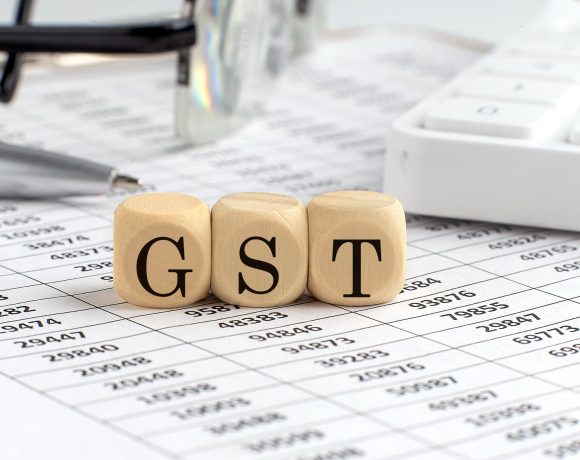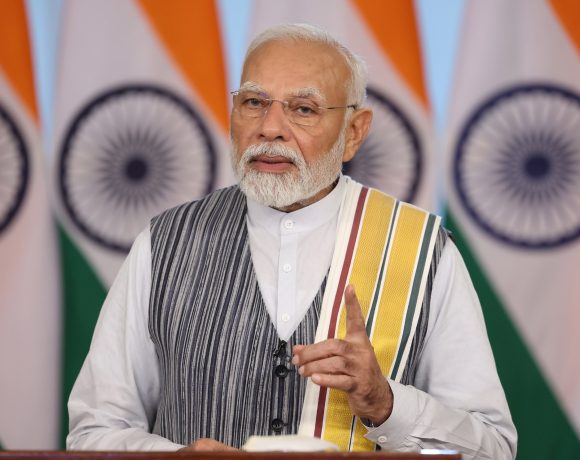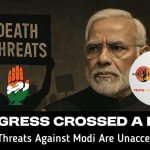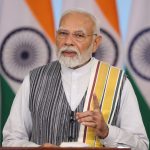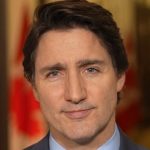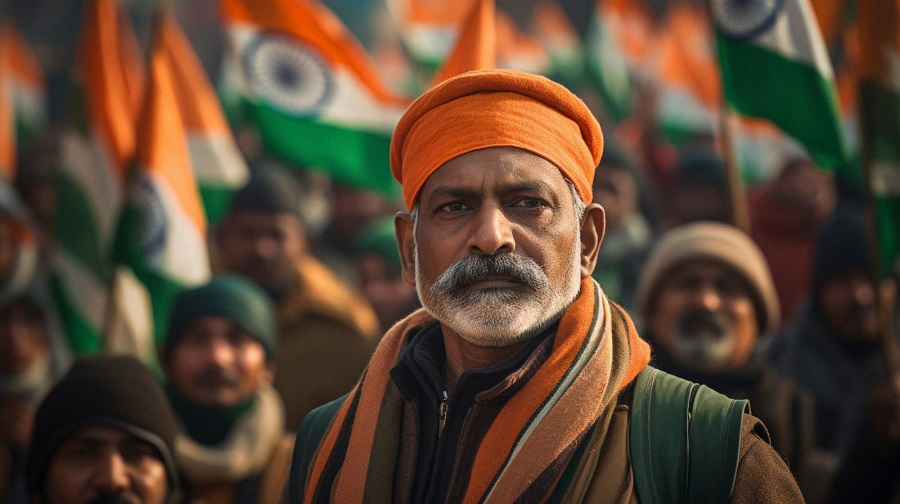
India’s Aimless Opposition: A Democracy Without Dissent
A democracy without dissent is like biryani without spices—bland, pointless, and ultimately forgettable. India, the world’s largest democracy, proudly conducts elections with military precision and media fanfare.
The only missing ingredient in this grand democratic theatre? An opposition that actually opposes. Not performatively. Not selectively. But consistently and meaningfully.
One might argue that dissent is alive on Twitter, in angry panel discussions, or perhaps inside Rahul Gandhi’s mind palace. But when it comes to Parliament—where it actually matters—the opposition seems to be on a perpetual vacation. Their contributions rarely extend beyond sloganeering, walkouts, and the occasional meme-worthy speech. And so, while the ruling party steamrolls policy decisions with the enthusiasm of a demolition crew, the opposition remains stuck in an existential crisis: Do we oppose Modi, or do we oppose Modi harder?
Let’s get one thing straight—criticizing the Prime Minister is not a political strategy. It’s a moral obligation when necessary, yes, but not a substitute for policymaking, grassroots mobilization, or actually addressing the issues that haunt everyday Indians.
Unemployment: The Silent Epidemic Nobody Wants to Debate
India’s unemployment crisis is not breaking news anymore. It’s background noise. As of February 2025, the country’s overall unemployment rate stood at 7.4%, with youth unemployment crossing a disturbing 23% in urban areas. That’s nearly one in four educated young Indians without a job—unless you count running a meme page as a career.
But where is the opposition in this? They should be pounding desks, holding job fairs, or even embarrassing the government with data on failed employment schemes. Instead, we get thunderous silence, broken only by viral videos of Parliamentarians throwing papers or demanding apologies from each other for outdated comments.
In a country that needs to create 10-12 million jobs a year, we are barely scratching the surface. And yet, the opposition seems too busy debating the merits of “Modi ki guarantee” slogans rather than exposing the hollow promises underneath.
Inflation and Household Squeeze: The Invisible Burden
Let’s talk about the kitchen—once considered the real battlefield of Indian politics. Today, dal prices fluctuate like crypto, tomato prices break through glass ceilings, and cooking oil costs make you consider deep-frying in tears. Retail inflation is consistently hovering between 5-6%, and food inflation peaked at 8.7% in January 2025. The government calls this “manageable.” That’s rich—literally.
Common people are paying more for less, but the opposition parties seem to have outsourced this issue to WhatsApp forwards. There’s no sustained campaign, no detailed white papers, no mass movement on behalf of the squeezed middle class. If inflation could trend on Instagram, perhaps they’d notice.
The Health and Education Sectors: Collapsing Quietly
India’s public health expenditure is barely 2.1% of GDP—a figure that would make even underfunded countries blush. Government hospitals remain understaffed, underfunded, and overcrowded. The pandemic exposed just how threadbare the system is, but three years later, the opposition seems to think people’s memories are as short as their own attention spans.
And then there’s education—a sector that, in theory, should unite all parties. But here we are, with government schools facing a teacher shortage of over 10 lakh across states, a crumbling infrastructure, and an outdated syllabus. The New Education Policy has been more of a press release than a revolution. But the opposition is too busy sharing throwback photos from freedom struggles to draft any concrete response.
Congress: A Heritage Brand Without a Product
At the heart of the opposition vacuum is the Congress party. The party of Nehru, Indira, and Rajiv is now the party of Rahul Gandhi, his spectacles, his gym selfies, and his never-ending ‘relaunch tours’. How many times can one man be rebranded before voters decide he’s just not the product they want?
Sure, the Congress raises issues occasionally—usually around election time or when they’re trying to trend on X. But without a grassroots machinery, credible state leadership, or a unifying national narrative, they’re little more than a nostalgia act. Think of them as a vinyl record in the age of Spotify. Charming, perhaps, but hardly effective.
Aam Aadmi Party: The Meteor That Burnt Out
Remember the Aam Aadmi Party? The political start-up that once promised to clean up politics like Swiggy delivers biryani—fast, clean, and efficient. Well, the food’s cold now. After their splash in Delhi and brief stint in Punjab, the party lost its plot, its principles, and most of its credibility.
Today, AAP is bogged down by corruption allegations, ego clashes, and a stunning inability to grow beyond municipal theatrics. From being a beacon of clean politics, they’ve turned into just another flickering bulb in the opposition’s broken chandelier.
Regional Parties: Opportunists in National Clothing
India’s regional parties are a fascinating study in moral flexibility. One minute they’re allies of the BJP, the next they’re holding placards against it. Ideology? That’s for textbooks. For these parties, it’s all about who pays better—power, protection, or perks.
Be it the TMC in Bengal, the SP in UP, or the DMK in Tamil Nadu, regional parties focus on hyper-local politics while treating national issues as seasonal hobbies. They show up when there’s media attention, vanish when accountability comes knocking. And no one questions it, because our opposition is now a fragmented WhatsApp group with no admin.
Policy Paralysis and a Free Run for the Ruling Party
What happens when there’s no serious opposition? The government, no matter how flawed, gets a free hand. Controversial bills pass without debate. Protestors are labelled anti-national. Investigative agencies conveniently forget the meaning of ‘non-partisan’.
The Modi government, for all its electoral success, has been let off the hook on a number of critical fronts—be it handling of the economy, federalism, press freedom, or institutional autonomy. Not because they are exceptionally cunning, but because there’s no one challenging them with substance. The ruling party doesn’t even need to crush dissent anymore—it just has to wait for it to self-destruct.
The Voiceless Voter
Amid all this, the common Indian is left alone—struggling to pay bills, find jobs, get their children educated, or access basic healthcare. They don’t need ideological manifestos. They need action, accountability, and someone to fight for them. And right now, nobody is.
They watch news anchors masquerade as statesmen, YouTubers turning into whistleblowers, and influencers saying what elected MPs won’t. Because the official opposition has clocked out, leaving behind a democracy with a one-way microphone.
Conclusion: A Desperate Need for Dissent
India doesn’t just need elections—it needs debates, disruptions, and dissent. Not the performative kind, but the kind that shakes the system and gives voice to the voiceless. A robust opposition isn’t anti-national. It’s the backbone of any democracy worth the name.
Until someone steps up, the people of India will continue to live in a democracy where the ballot is loud, but the opposition is silent. And that, ironically, might be Modi’s biggest political victory—not defeating his opponents, but watching them defeat themselves.




